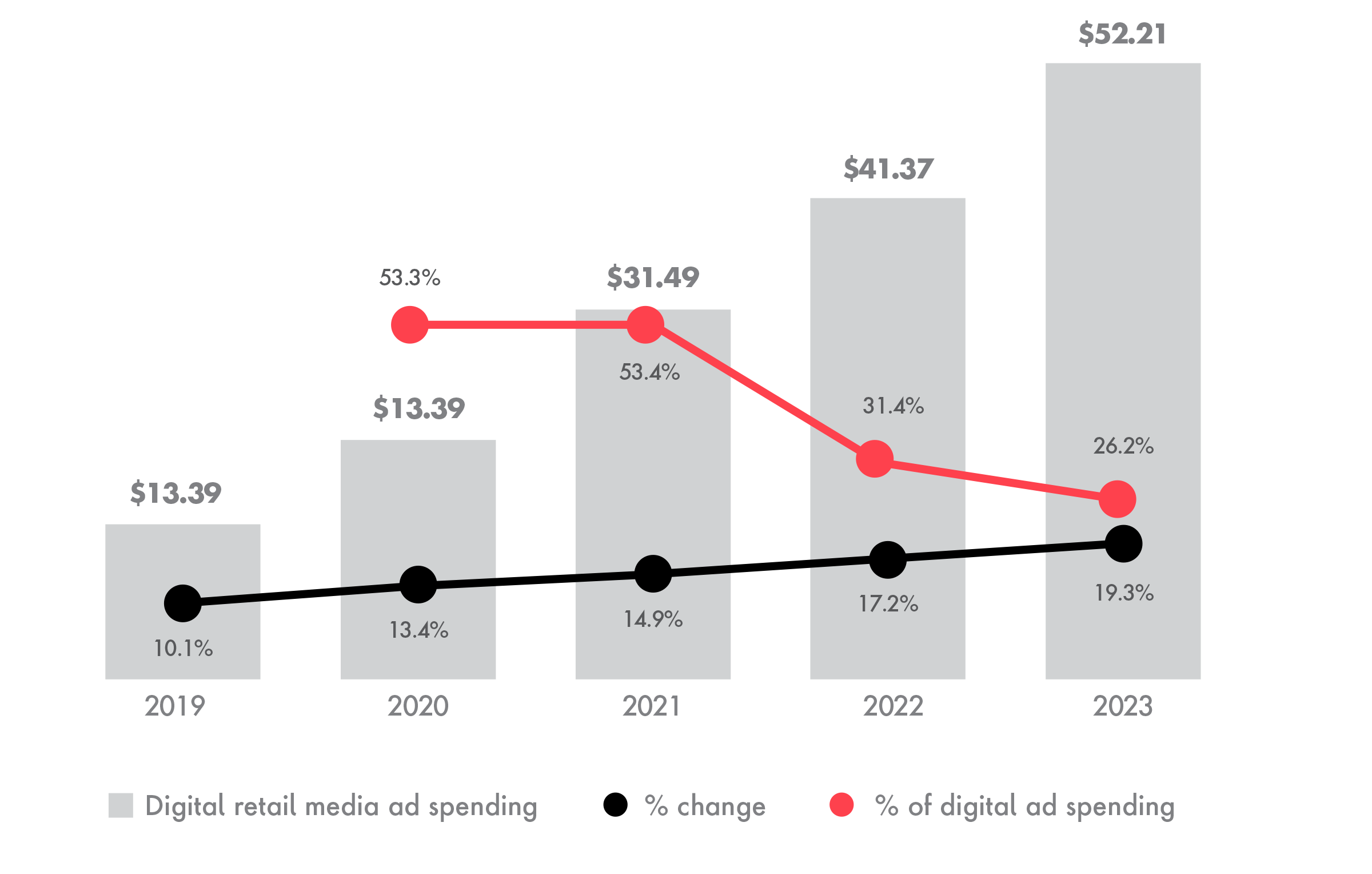Retail Media Networks
Automation, Personalization & Closed-loop Activation: How To Stand Out in the Race for Retail Media Networks
Retailers have traditionally relied on product sales for most of their profits. Now, the drastic rise in e-commerce and industry profitability challenges has prompted them to turn digital real estate and customer data into ad sales, providing abnormally high returns for the industry.
While traditional retail media has been around since the first brick-and-mortar retail stores, the significance of the term has changed in the last five years to focus on digital retail media networks (RMNs), or retail data monetization.
RMNs have already proliferated across the retail industry, but what will determine their future success, and which networks will come out on top?






 Close
Close